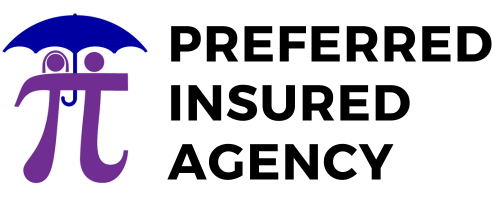What is Part D?

Prior to 2006, Medicare didn’t provide prescription coverage.
You’ll need to add a Part D policy or enroll in a Medicare Advantage (MAPD) plan to get your prescription coverage. If you purchase a stand-alone Part D plan, you will pay a monthly premium to an insurance carrier for this coverage. If you secure your drug coverage through a Medicare Advantage plan, it is typically “bundled” into the monthly plan premium.
If you do not purchase a Part D plan during your enrollment eligibility, you will be relegated to paying cash or using apps/coupons for any medications until you are able to purchase a prescription drug plan in the Annual Election Period.
You can also be financially penalized for not having one in place since you were age 65 or when you last had creditable drug coverage. This penalty remains for every month of your entire life (as long as you have a Part D plan).
How to find the right Part D plan for you? Part D plans have unique formularies (lists of covered medications), participating pharmacies, premiums, deductibles and copays. They also have cost management that applies to specific medications like requiring step therapy (trying a lower cost medication on the formulary before a higher cost medication can be approved) or quantity limits. Identifying the right Part D plan should consider your current and expected future medications and sometimes alternative options for filling prescriptions outside of your Part D plan. An experienced agent can help with this.
What is the Donut Hole? When the total cost of your medications, including the portion paid by the insurance company reaches the initial coverage maximum limit ($5,031 for 2024), your cost share on all of your medications will change from fixed copays to 25% coinsurance. You will start paying 25% of the cost of your medications in this “donut hole” until your total cost share qualifies you to enter the catastrophic coverage phase ($8,000 for 2024). Once you exit the donut hole, you will pay $0 for your medications until the end of the year.
Can I get Extra Help with my Part D costs? There is a program called Extra Help or Low Income Subsidy (LIS) that may reduce or eliminate the your Part D premiums, copays, coinsurance and other costs associated with your Part D plan. Eligibility is based on income and assets. You can apply online at ssa.gov or ask your agent for assistance.
We are happy to talk you through all the options available to you!
By completing and submitting the requested information in this form, you agree to allow a licensed sales representative to contact you regarding information related to Medicare health plans and health insurance plans, products, services and/or educational information related to health care.
Find out the options available for you
Not all coverage options work the same way, it is essential to understand what you need your plan to cover. We can help you navigate through all the details at no cost to you!
